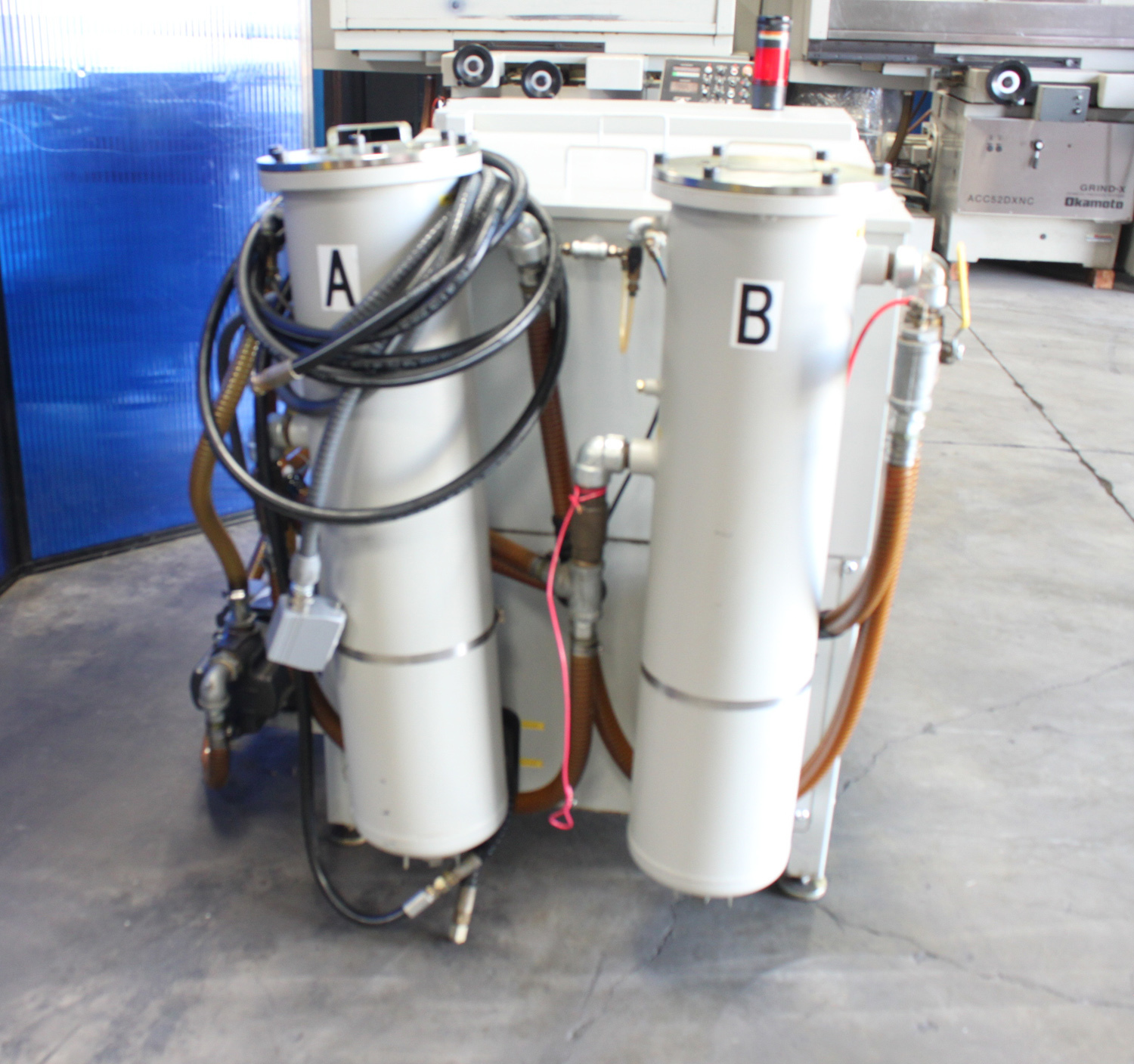

In the picture above, you can see the inlet and outlet where the oil from the transmission enters the cooler. Next, select the Performance tab, and then the. If you’d prefer more detailed information such as live performance metrics, open the Task Manager (CTRL+SHIFT+ESC). Your processor information will be displayed under the Device Specifications section.

Radiators usually have a tank on each side, and inside the tank is a transmission cooler. The cooling system has several functions, but the most important is controlling the temperature of the internal combustion engine. Then, go to the System section, and select the About tab on the left. By creating turbulence inside the tube, all of the fluid mixes together, keeping the temperature of the fluid touching the tubes up so that more heat can be extracted, and all of the fluid inside the tube is used effectively. So if the fluid that is in contact with the tube cools down quickly, less heat will be transferred. It can seal radiator cracks and lubricate. Screen and chip collector easily removed for cleaning. One of the oldest radiator stop leaks on the market, AlumAseal powder has been used in the automotive repair world for over 75 years. Flow can be regulated without harming pump.
#Coolant system plus#
The amount of heat transferred to the tubes from the fluid running through them depends on the difference in temperature between the tube and the fluid touching it. Includes tank, pump, hose, and nozzle plus one gallon of Kool Mist 77. If the fluid flowed very smoothly through the tubes, only the fluid actually touching the tubes would be cooled directly. After draining the radiator, close the petcock or drain. Then allow the engine and radiator to cool down completely, so that they’re cool to the touch. The tubes sometimes have a type of fin inserted into them called a turbulator, which increases the turbulence of the fluid flowing through the tubes. Run the engine for about 10 minutes with the heater on high after it reaches operating temperature.


 0 kommentar(er)
0 kommentar(er)
